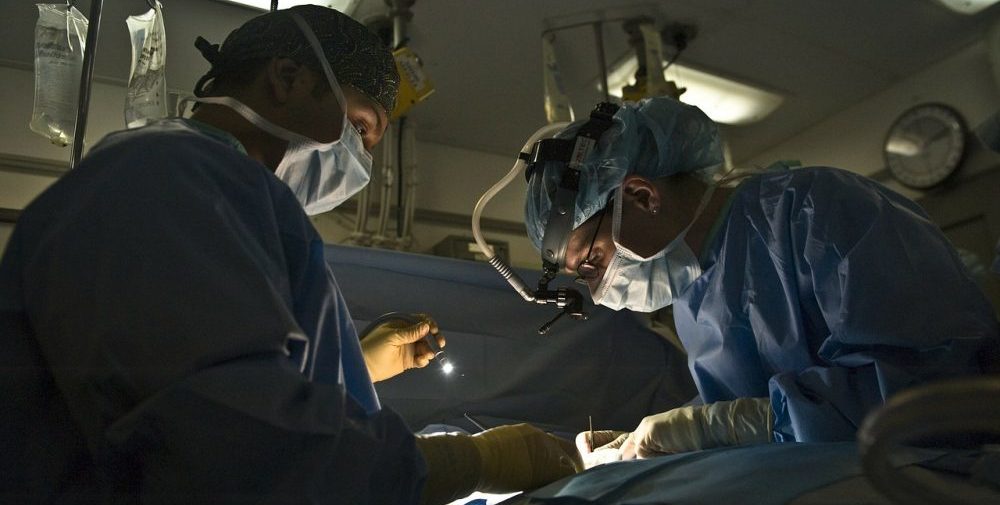In you ever feel discomfort, pain or swelling in your knee sooner or later in your lifetime, you just might be a candidate for microfracture knee operation. Microfracture is a surgical operation used to fix damaged or loose cartilage inside the knee joint. The process was developed to treat what is called chondral defects (focal area of damage to articular cartilage).
This video shows microfracture under an arthroscope to some 35-year-old males right knee.
Surgery options from the bestkneesurgeon.com.au – Possible candidates for Microfracture Surgery
You are likely to get microfracture surgery if arthroscopy reveals cartilage damage in the knee joint or under the kneecap. This operation will prevent or slow down the inevitable progression of cartilage damage. As a result, your chances of growing knee arthritis is substantially minimised long term. Some patients develop knee pain or swelling as an effect of cartilage injuries. This pain or swelling can be halted or reduced significantly by performing break knee operation on the patient. Other potential candidates for this type of surgery comprise people who are active but cannot participate in physical activities or sports and have shown cartilage damage symptoms. This surgical operation may also be performed on the patient if they usually do not have major arthritis in the knee joint.
Benefits of Cartilage Repair Surgery
This type of knee surgery can help prolong the life of the knee joint before complete or partial knee replacement and advancing knee arthritis.
The Microfracture Surgery Process
Your orthopaedic surgeon will administer anesthesia to the patient. Three types of anesthesia are needed for this procedure; you are given medication to make you relax and painkillers shots to numb the knee, spinal anesthesia and the general anesthesia to allow you to get unconscious and pain free. Next the surgeon makes a quarter inch surgical incision on your own knee. Long and thin tube with a camera attached at the end is put through the incision or cut.
This process is known as arthroscopic surgery.
The camera is subsequently attached to some video monitor found in the operating room. This enables the surgeon to look inside the knee area while working on the joint. There is a small pointed tool known as an awl which the surgeon uses to make minuscule holes in the bone. This incision is near the damaged cartilage, and the small holes are known as micro fractures.
The body treats the breaks as new harms consequently the formation of new cartilage to replace the older one. It is crucial that you note that this operation is less successful if used to treat heavy patients, older patients or cartilage lesion larger than 2.5 cm. The growth of cartilage after the operation is dependent on the patients bone marrow stem cell population.
The Recovery Process
A study conducted by the developers of the surgical operation found that patients of forty-five years and below have a success rate of seventy-five to eighty percent. During the recovery process, the constraints put on the patients is their major challenge. In order for the cartilage to develop optimally, the patients need to be patient and really cooperative. They usually need to be on crutches for 4 to 6 weeks. Others may require braces based on the surface being regenerated. Before the patient can return to full action, it truly is proposed that the physician or practitioner re-examine the knee and potential obtain an MRI to assess the amount of cartilage regrowth and discover if it has recovered enough.
Australian surgeons lead the way in this knee process. It’s possible for you to find finest knee surgeon in Chatswood NSW by seeing the review site at www.bestkneesurgeon.com.au

